
Automotive Window Film
Carbon Vs ceramic tint
What is carbon tint?
Carbon tint films are a lot better option to choose from compared to metallic and dyed films. These do not have any dyes and are made with carbon nanoparticles embedded within the film. These particles are typically in the form of fine carbon black powder. They absorb and block solar heat and UV radiation. They do not fade with use over time and retain their dark black color.
What is ceramic tint?
Ceramic tint is the premium product. It is highly regarded for its advanced performance and properties. The primary component of ceramic tint is ceramic nanoparticles. They are extremely small, often measuring in the range of 10 to 100 nanometers. These ceramic particles are embedded within the film and are responsible for its unique properties.
Heat rejection
Carbon tint film offers a moderate level of heat rejection, say up to 40%. The carbon particles embedded within the film help to absorb and reflect solar heat to a certain extent. However, the heat rejection capabilities of carbon tint can vary depending on factors such as the darkness level of the tint, the specific brand or manufacturer, and the overall quality of the film.
Ceramic tint is known for its exceptional heat rejection capabilities. The ceramic nanoparticles embedded within the film contribute to its advanced performance in blocking solar heat. It can block and reflect a significant amount of infrared (IR) radiation, which is responsible for transferring heat. This helps to keep the interior of a vehicle cooler, even under intense sunlight or hot weather conditions.
Verdict: If you are primarily concerned about heat rejection, ceramic tint is considered to be more effective in blocking solar heat compared to carbon tint.
Glare Reduction
Glare occurs when light reflects off surfaces such as water, snow, or other vehicles and enters the eyes, causing discomfort and reduced visibility. Carbon tint helps to mitigate this issue. The darkening effect of carbon tint helps to attenuate and minimize the intensity of light entering through the windows. The darker the carbon tint, the more effective it would be. This, however, might also affect visibility especially in low light conditions.
Ceramic tint also reduces the intensity of sunlight and bright artificial light sources that enter through the windows, thereby reducing glare with its advanced technology and ceramic particles embedded within the film. Compared to other types of tint films, ceramic tint tends to have a higher clarity and transparency, allowing for better visibility while still providing excellent glare reduction.
Verdict: Both ceramic and carbon tint are good at glare reduction and reducing eye strain but the performance of ceramic tint is far better.
clarity & visibility
Carbon tint has a darker, matte appearance that can reduce clarity and visibility, especially if you have opted for a lower VLT percentage or darker tint shade. During daytime, carbon tint provides sufficient visibility, especially in well-lit environments. The impact on visibility is more noticeable during nighttime or in low-light conditions. The reduced amount of visible light passing through the tinted windows can make it slightly more challenging to see external objects or road conditions.
Ceramic tint is known for its superior clarity compared to other types of window films. It allows for a clear view both during the day and at night. The advanced technology used in ceramic tint helps to maintain optical clarity without significant distortion or haze. This is particularly beneficial when driving at night or in low-light conditions when visibility is crucial for safety.
Verdict: Carbon tint typically has a dark appearance, which can limit visibility, especially at night. Ceramic tint, on the other hand, is known for its clarity and minimal interference with visibility both during the day and at night.
Uv Protection
Carbon tint contains carbon particles that help absorb and block a portion of the ultraviolet radiation from the sun. They act as a barrier to reduce the amount of UV rays that enter through the windows. However, the exact level of protection provided by carbon tint can vary depending on the specific brand, darkness level, and quality of the film.
Ceramic tint offers excellent UV protection. This is often regarded as one of its key advantages. It is specifically designed to block a significant amount of ultraviolet radiation. The ceramic nanoparticles act as a barrier to block and reflect 99% or more of both UVA and UVB rays from entering through the windows. These types of radiation can cause skin damage, premature aging, and contribute to the risk of skin cancer.
Ceramic tint also helps to minimize fading and damage to interior materials caused by UV rays. It can help preserve the color and condition of upholstery, dashboard, and other surfaces.
Verdict: Ceramic tint provides the best UV protection, blocking a high percentage of UVA and UVB rays as compared to carbon tint.








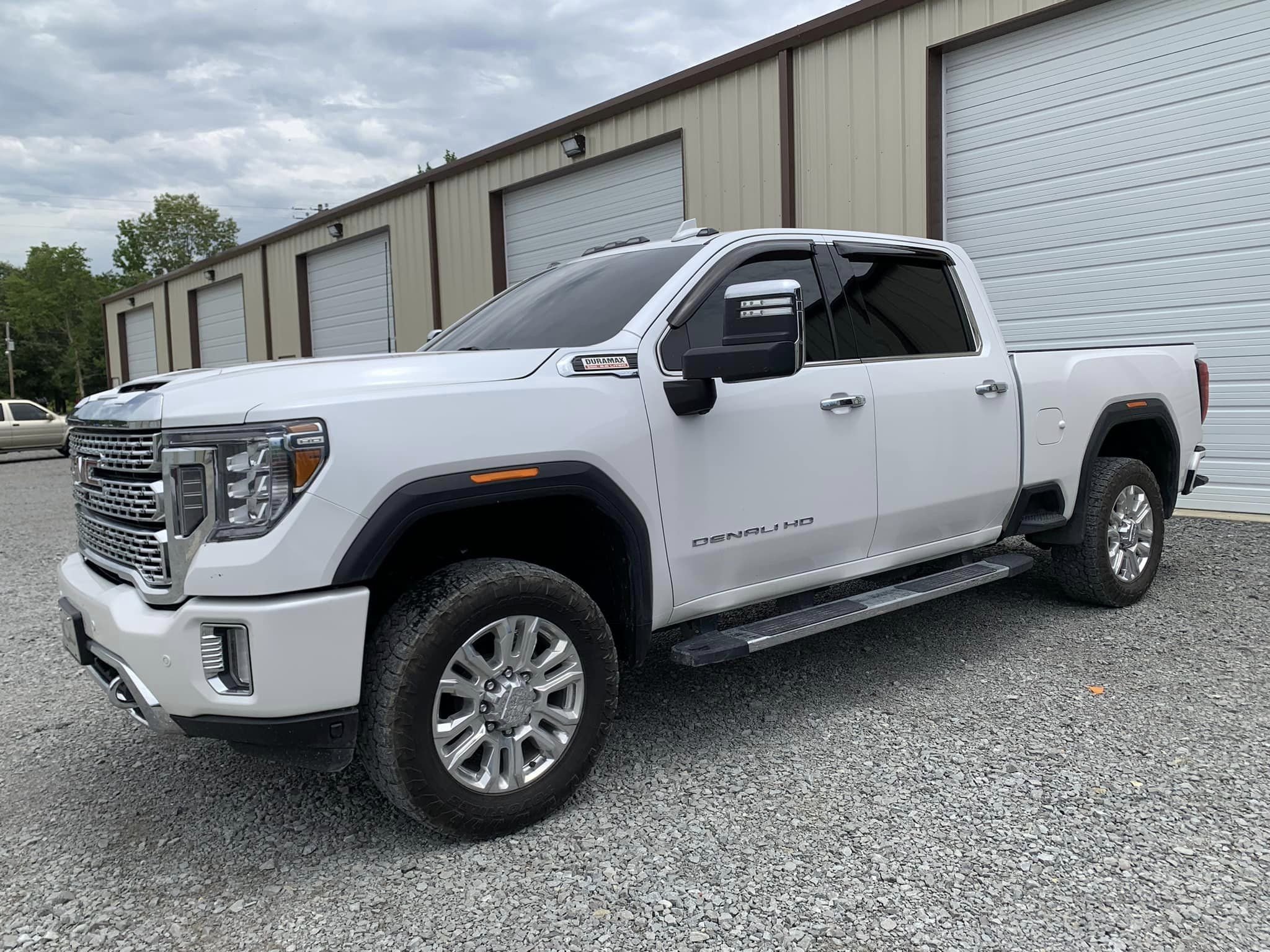
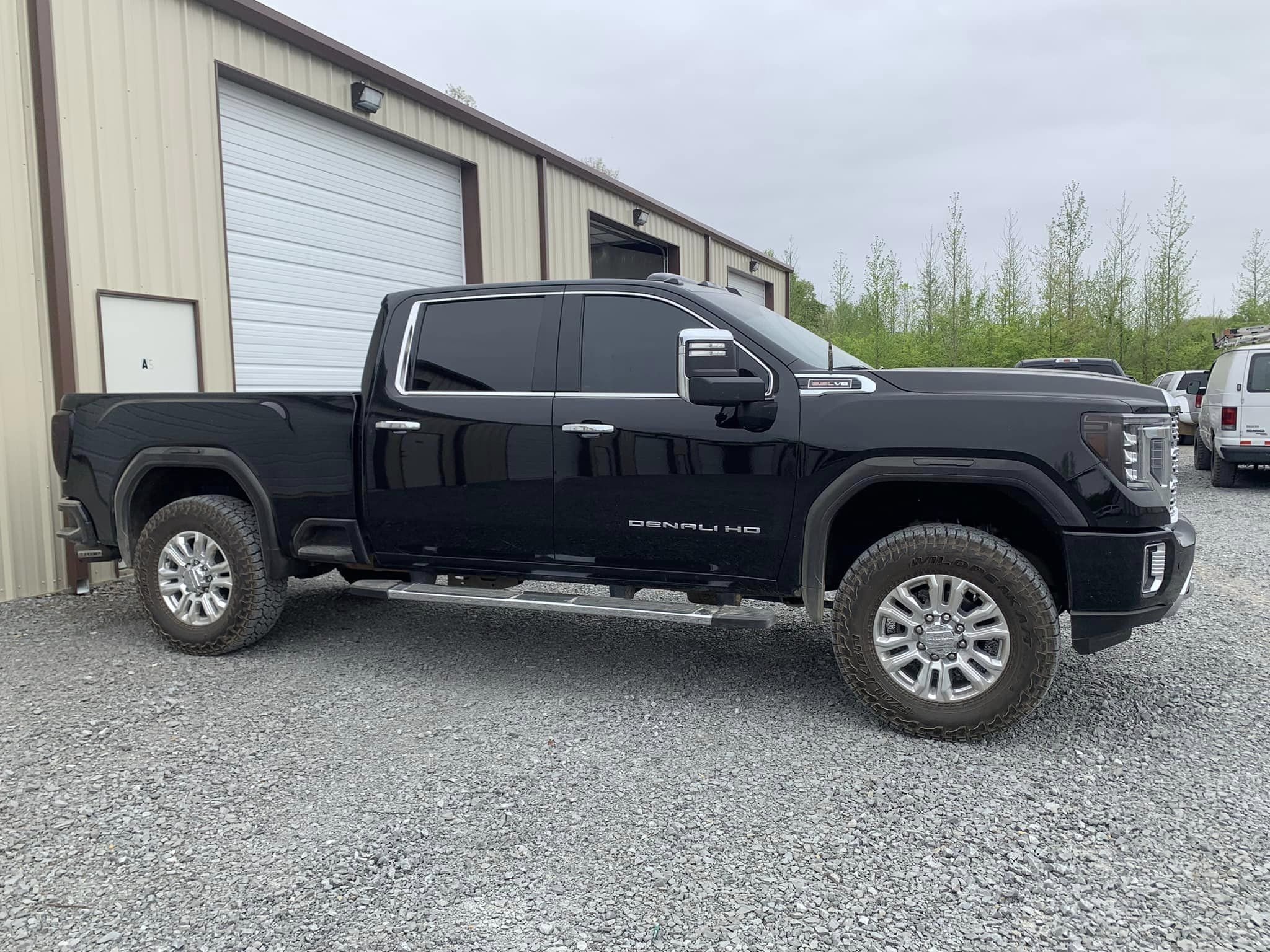
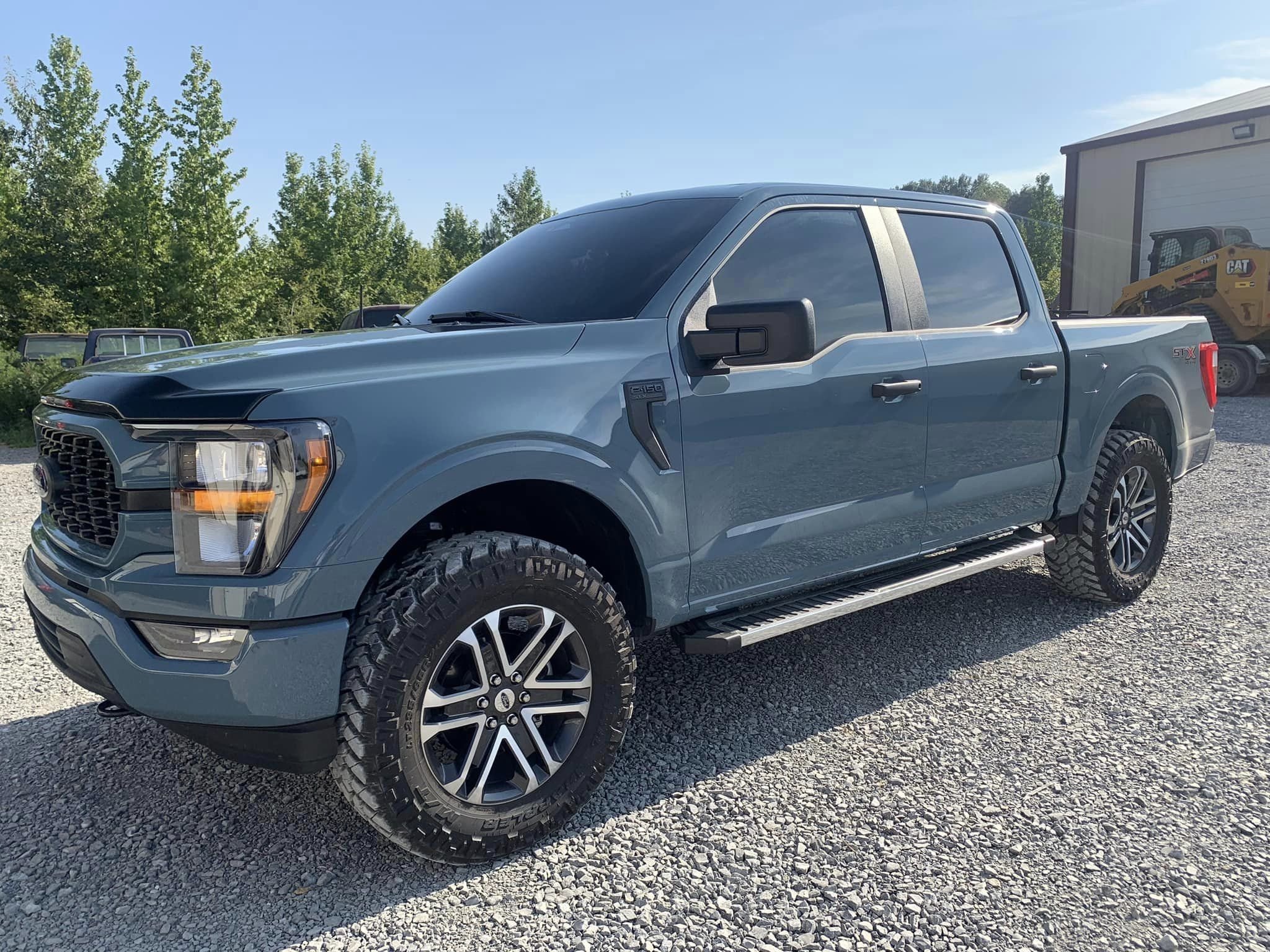
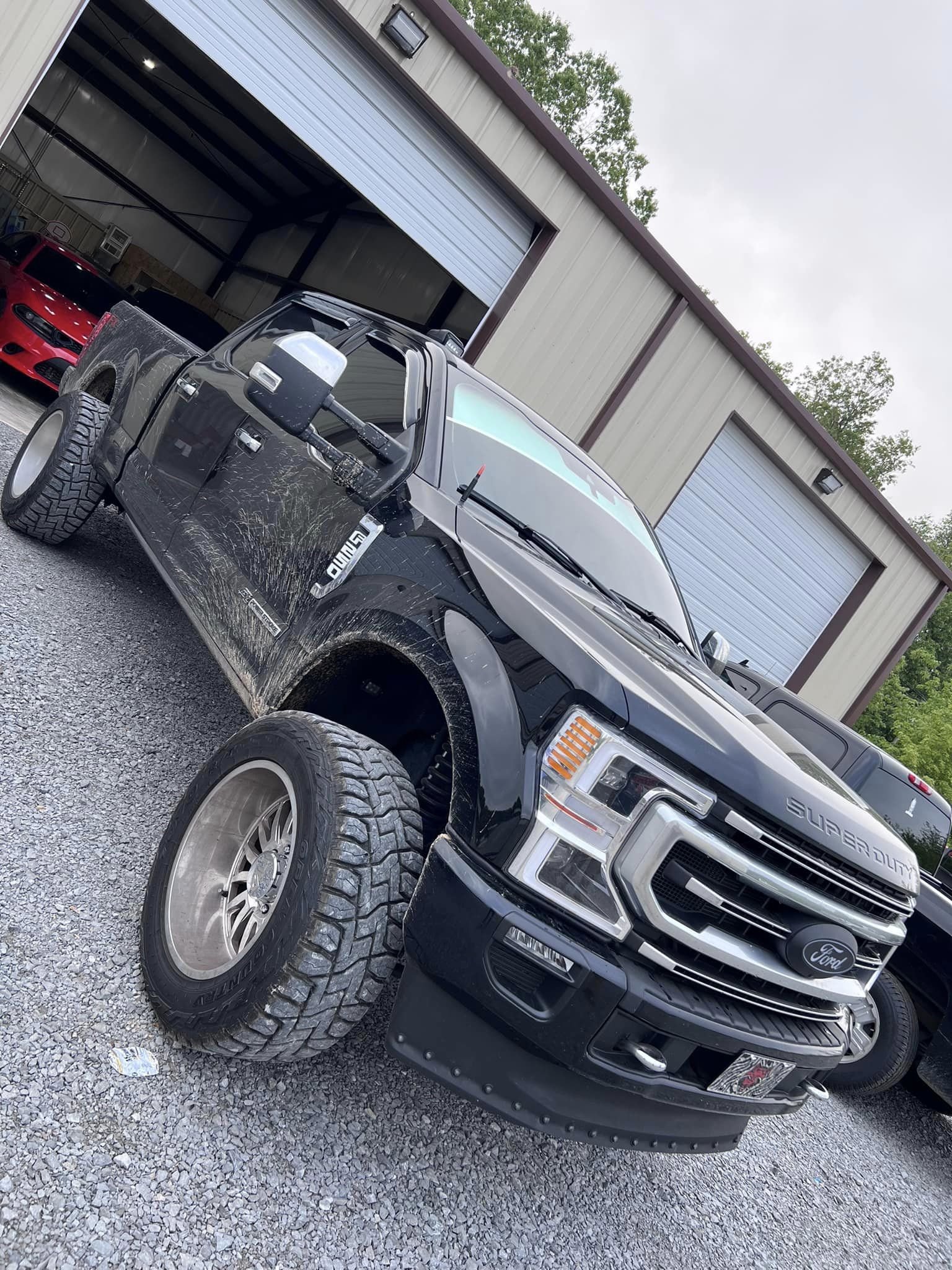
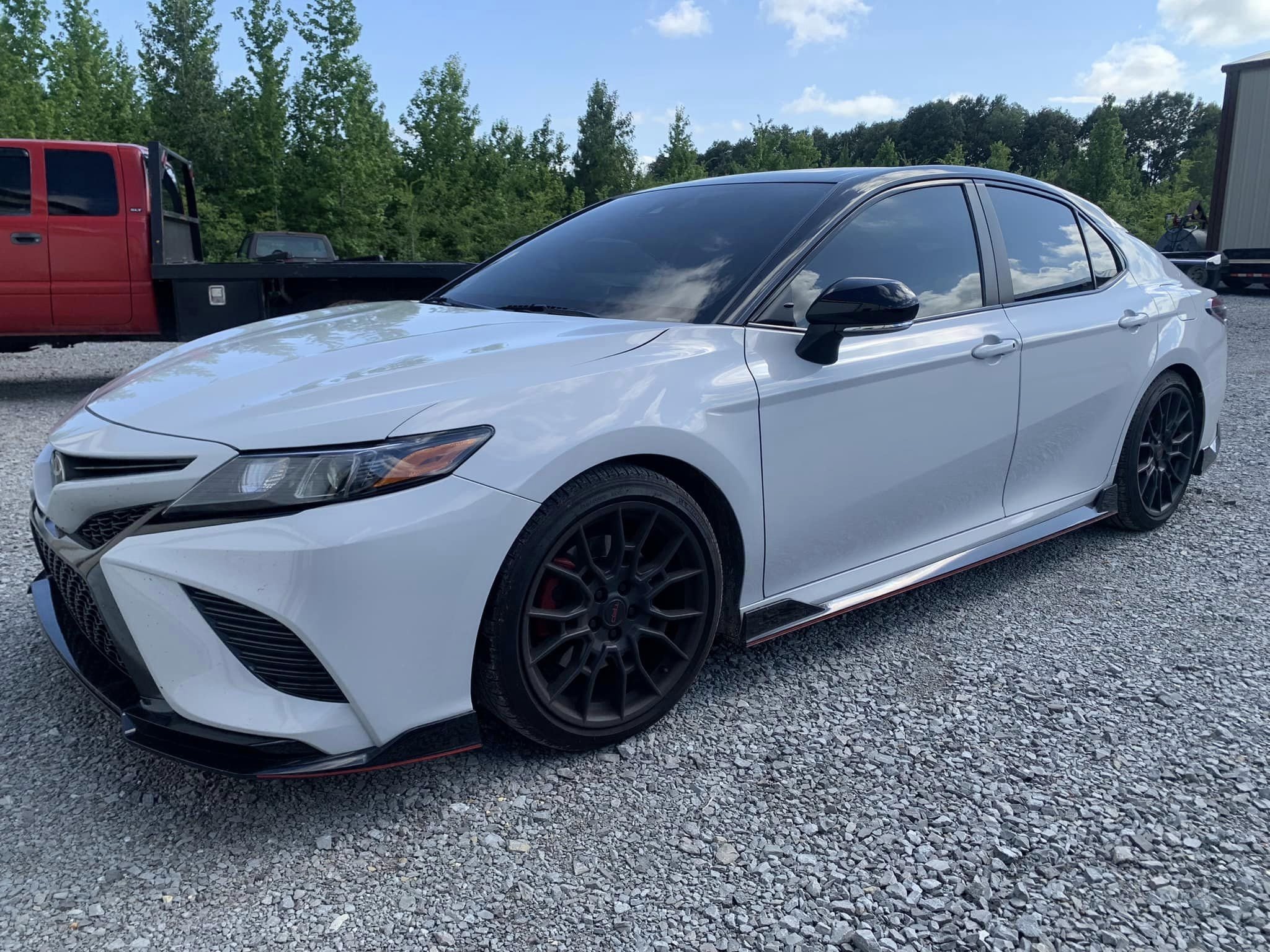

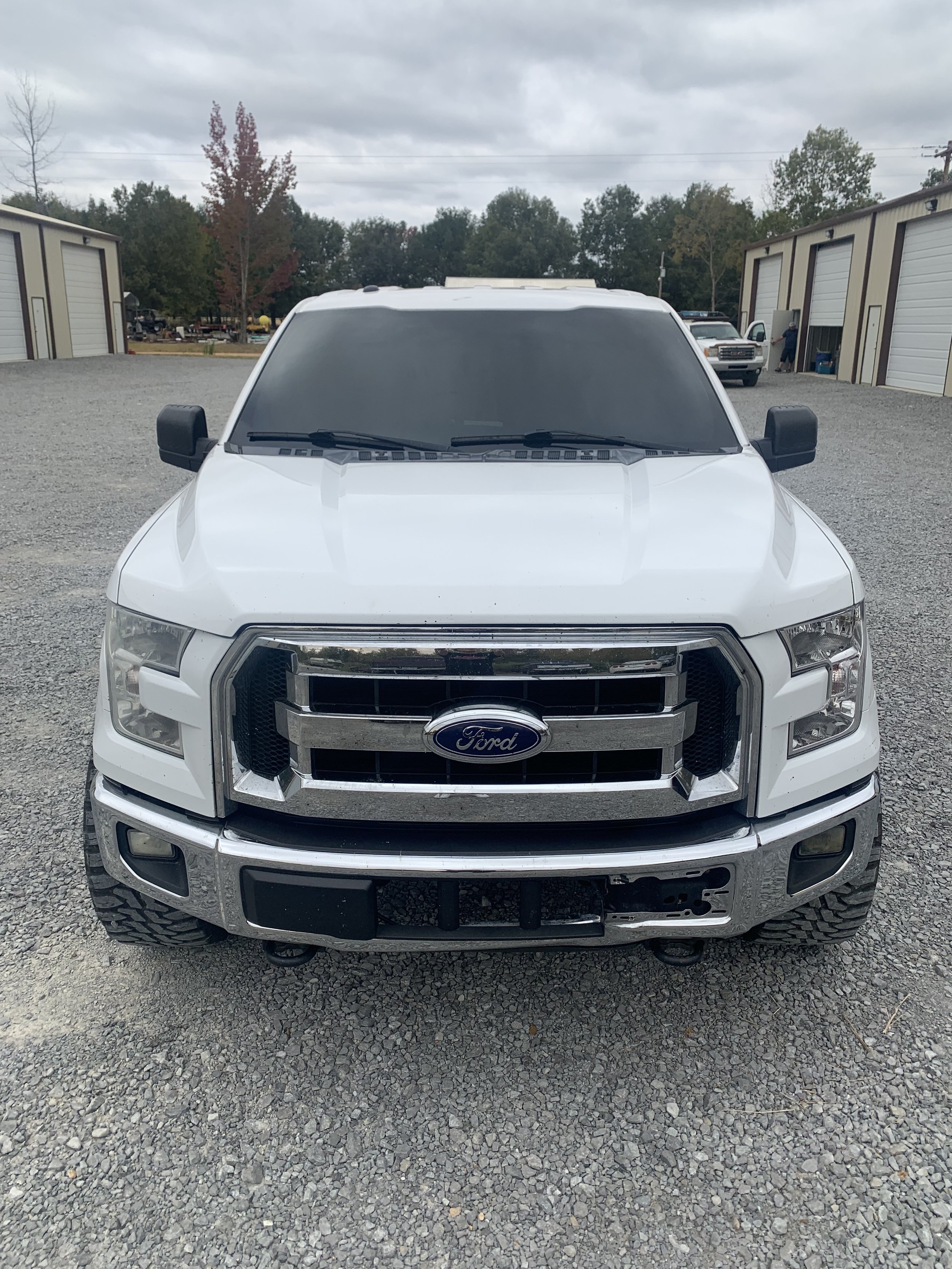
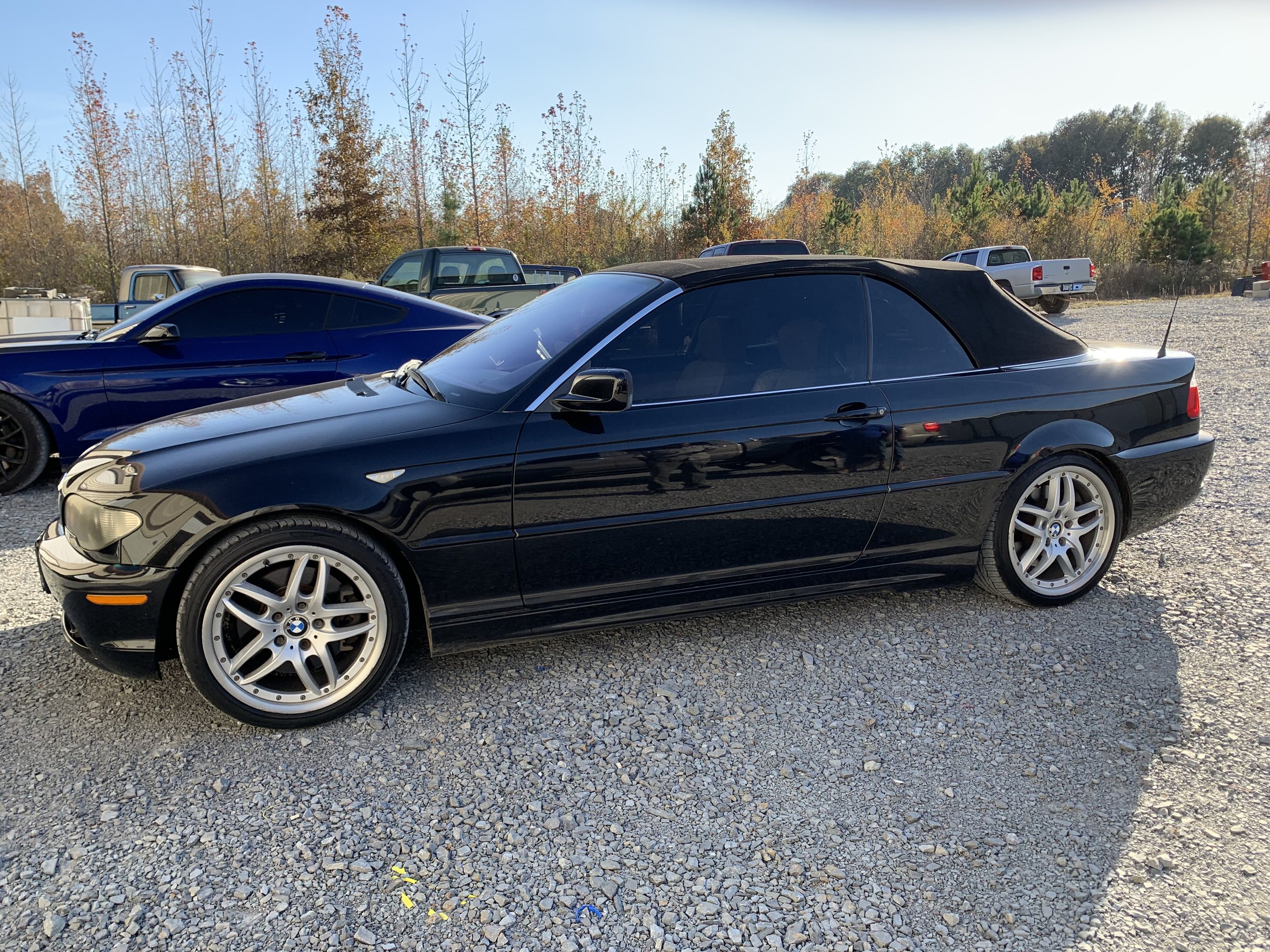
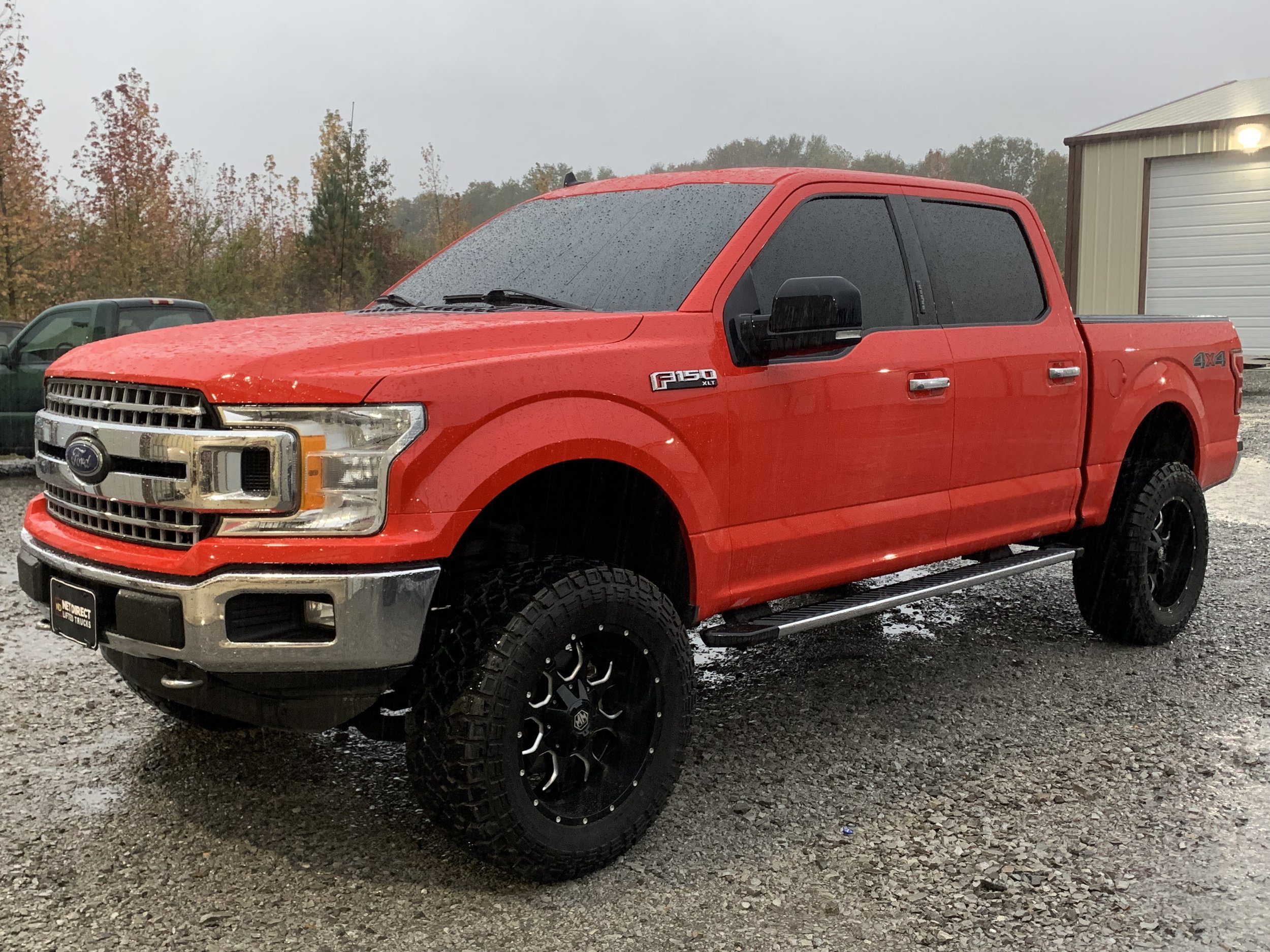
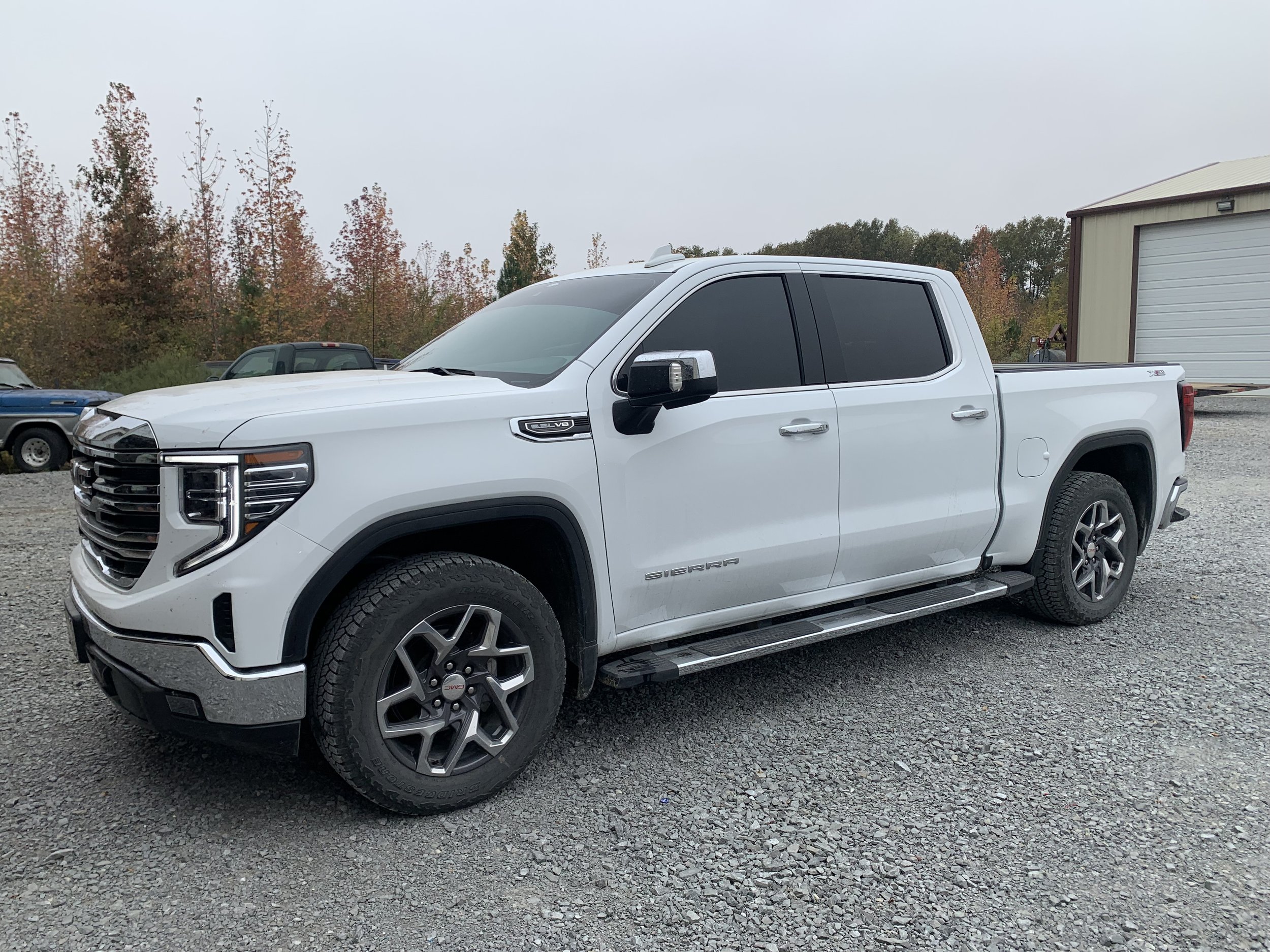

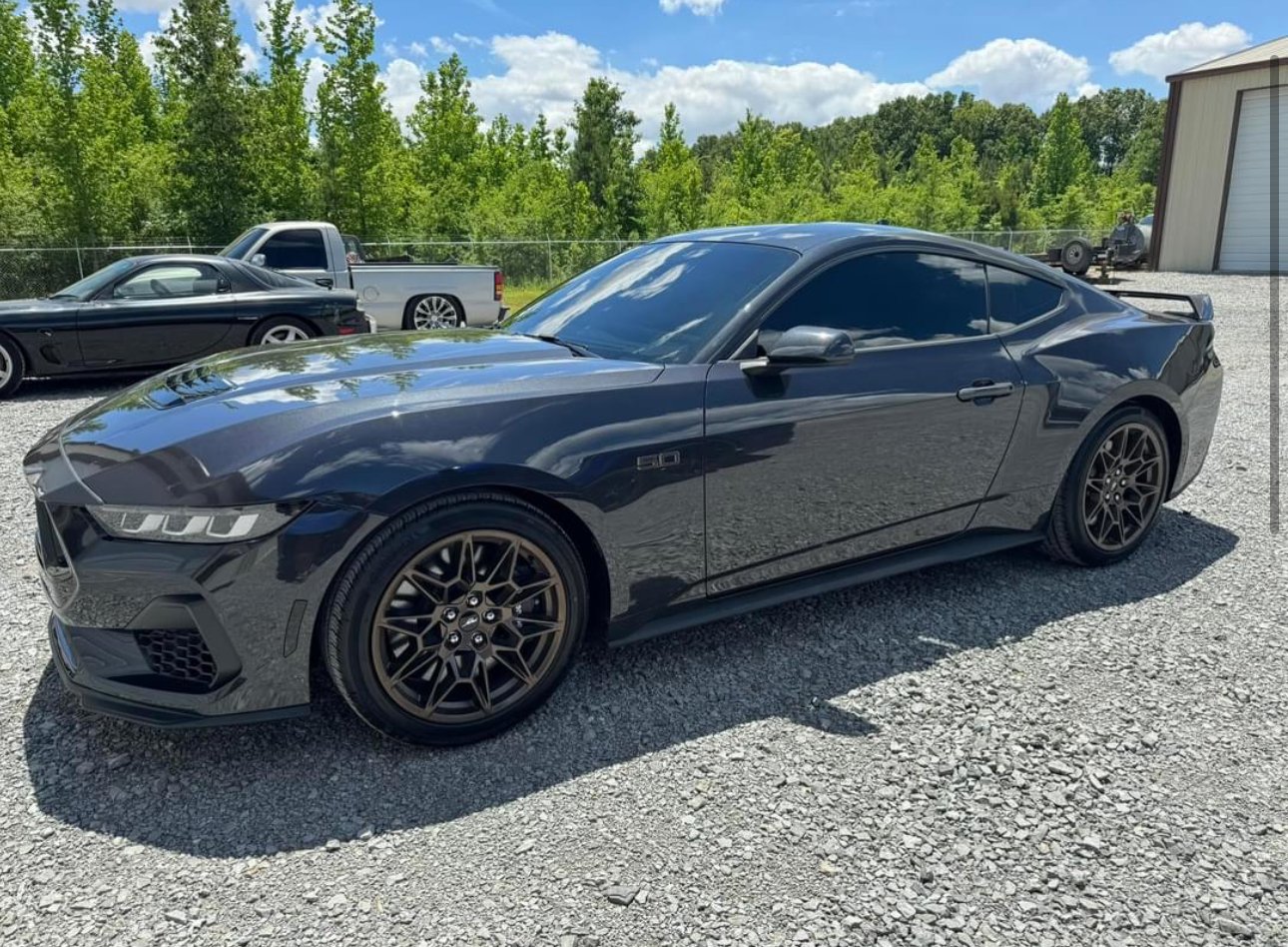



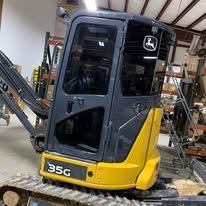
similarities between the carbon and ceramic tint
Both the tints do not interfere with radio, cellular and GPS signals.
Depending on the VLT percentage, they do not compromise the privacy and safety of their users.
They are scratch resistant.
They are non-reflective.
They resist color fading or discoloration over time.
Should you buy carbon or ceramic tint
The decision to buy carbon or ceramic tint comes down to the cost factor. Both tints provide protection against UV rays, excessive heat, and glare, but there is no denying the fact that comparatively, ceramic tint does the job extremely better.
These tint films have certain similarities as well, like they both are durable and long lasting; their color does not fade; they do not interfere with GPS or cellular signals and they are both non-reflective. They both have a sleek and modern aesthetic as well. The difference comes where advantages are concerned with ceramic tint being the best of all.
Ultimately, the choice between carbon tint and ceramic tint depends on individual preferences, budget, and specific requirements. If heat rejection and UV protection are top priorities, and budget allows, ceramic tint is the perfect option to invest in. However, if you don’t want to spend much, carbon tint can still provide decent performance and privacy benefits at a more affordable price point.